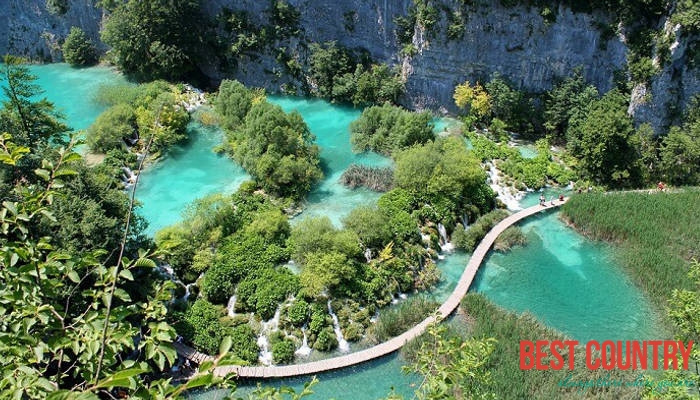Croatia
Administrative divisions of Croatia
The subdivisions of Croatia on the first level are the 20 counties (županija, pl. županije) and one city-county (grad, "city"). On the second level these are municipalities (općina, pl. općine) and towns (also named grad, pl. gradovi).Both of these type of subdivisions consist of settlements(naselje, pl. naselja). The 1st- and 2nd-level subdivisions are self-governed, while naselja are used mainly for statistical purposes, though they can also institute one or more levels of self-government, typically in cities.
Ten Beautiful Places That You Should See in Croatia
Croatia is a country that is located in Southern Europe. It is bordered by Slovenia, Hungary, Bosnia and Herzegovina, Serbia, and Montenegro. It is a country rich in history and culture as well as wonderful historical places to visit, and below are listed ten places that a visitor should see in Croatia.
Climate of Croatia
The part of Croatia that is best known and most visited by tourists is the Dalmatian coast and its islands in the Adriatic Sea.
This region has a Mediterranean type of climate with mild winters and warm, sometimes even hot and sunny summers.
